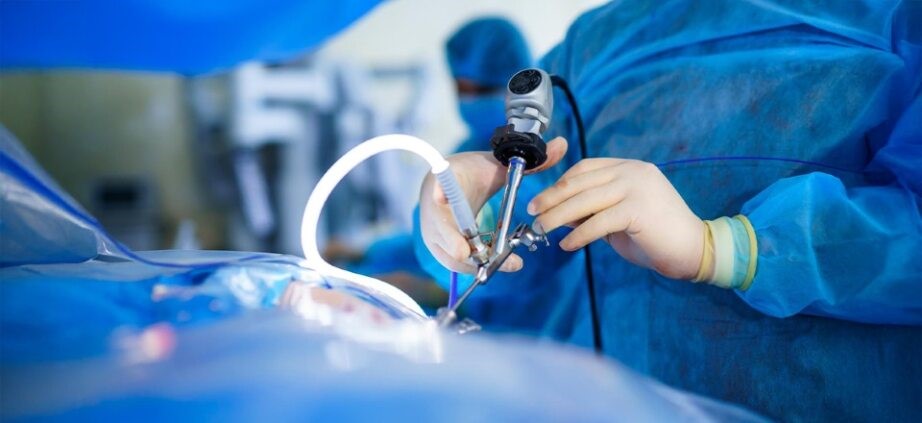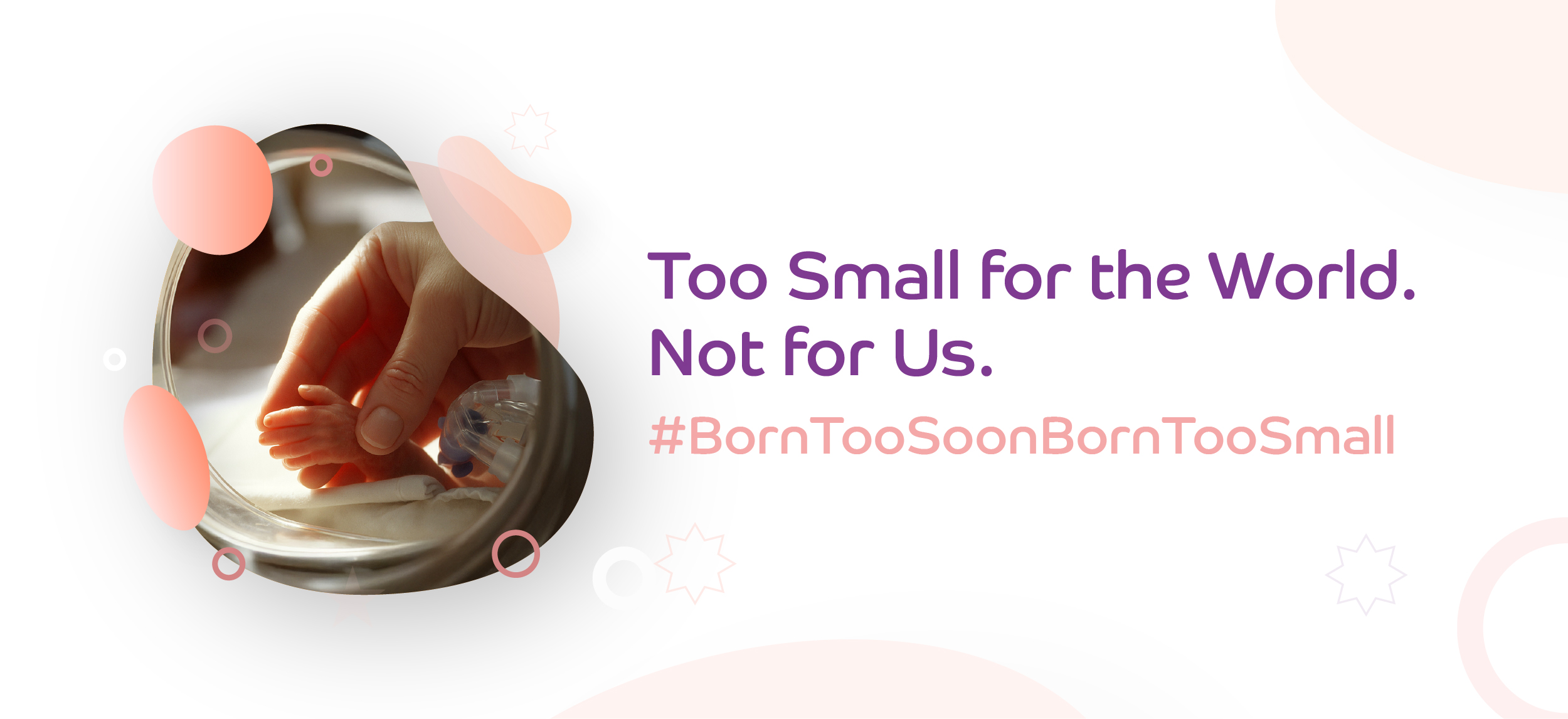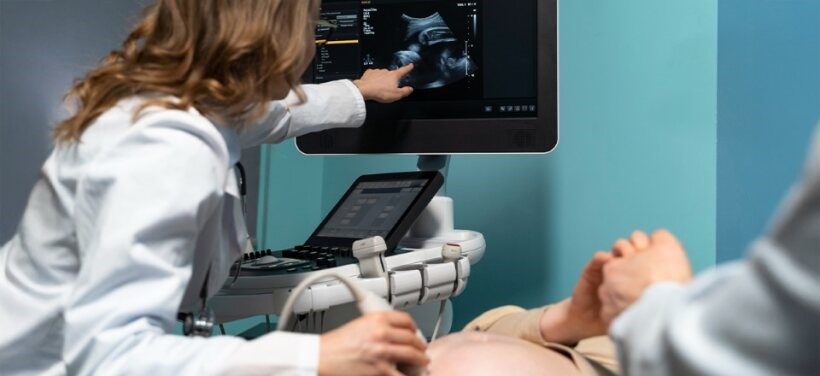Categories
Hysteroscopic Surgery Explained: What Women Should Know Before & After the Procedure
Aug 11, 2025
A scan has mentioned a polyp, a fibroid that pushes into the uterine cavity, scar bands, or a thin wall inside the uterus. Bleeding has changed. Cramps feel different. You may also be trying to conceive without clear answers. This is when hysteroscopic surgery is often discussed. Below is what it is, who it helps, how to prepare, what happens on the day, how recovery feels, and where fibroid removal surgery fits.
Not a fit: fibroids mostly in the muscle of the wall (intramural) or on the outer surface (subserosal). These usually need another approach, such as laparoscopic myomectomy.
Three useful questions for your consult:
A helpful question to settle in advance: If you find something treatable, will you fix it in the same sitting? One answer can prevent a second trip.
Disclaimer: This blog aims to provide general information and should not be considered a substitute for professional medical advice, diagnosis, or treatment. Always consult a qualified healthcare provider about your health. If you think you may be experiencing a medical emergency, seek immediate help.
4) What are red-flag symptoms after hysteroscopy that mean I should call the doctor immediately?
Soaking 2+ pads per hour for two hours, fever ≥38 °C, foul-smelling discharge, worsening pelvic pain, faintness, or trouble passing urine. Call early—don’t wait it out.
What hysteroscopic surgery is
A thin camera goes through the cervix into the uterus. Sterile fluid gently opens the space so the doctor can see the lining on a screen. If a fixable problem is found—such as a polyp, a cavity-projecting fibroid, scar bands, or a small internal wall—it can often be treated in the same sitting. No cuts on the abdomen.Who it helps
You might notice:- Periods that last longer than your norm, larger clots, or spotting between cycles.
- Cramps that feel “new,” stronger, or more constant.
- Months of trying to conceive after basic tests look normal.
- Endometrial polyp (a small growth on the lining).
- Submucosal fibroid (a fibroid bulging into the cavity).
- Intrauterine adhesions/synechiae (scar bands that narrow the cavity).
- Uterine septum (a partition present from birth).
- Retained tissue after miscarriage or delivery.
Where fibroid removal surgery via hysteroscopy fits—and where it doesn’t
Good fit: submucosal fibroids (often labeled FIGO type 0/1/2) that project into the cavity. Removing them from the inside can ease heavy bleeding and restore the shape of the cavity.Not a fit: fibroids mostly in the muscle of the wall (intramural) or on the outer surface (subserosal). These usually need another approach, such as laparoscopic myomectomy.
Three useful questions for your consult:
- Is my fibroid projecting into the cavity enough for fibroid removal surgery by hysteroscopy?
- Can removal be done in one session, or will it be staged if the fibroid is large?
- How might my bleeding pattern and conception plan change after this?
Preparing in the week before
- Medicines: check what to pause (for example, blood thinners) and what to continue (for example, thyroid or BP tablets).
- Cervix preparation: ask if you will get a tablet to soften the cervix; it can make entry easier and more comfortable.
- Blood count: if hemoglobin is low, ask about iron support before the procedure.
- Logistics: confirm fasting rules, arrival time, and who will accompany you.
- What to bring: sanitary pads (not tampons), previous reports and images, a water bottle, and a light snack for later.
The day of the procedure
You check in, review consent, and receive anesthesia (general, spinal, or light sedation—chosen for safety and comfort). The hysteroscope passes through the cervix. Sterile fluid gently opens the cavity. The doctor views the lining in real time and uses fine instruments to remove a polyp, perform cavity-focused fibroid removal surgery, release adhesions, or cut a septum. Tissue is often sent to the lab. Many procedures take 15–45 minutes. Most people go home the same day.A helpful question to settle in advance: If you find something treatable, will you fix it in the same sitting? One answer can prevent a second trip.
Recovery you can picture
0–24 hours- Period-like cramps, light bleeding or spotting, and watery discharge (from the fluid used).
- Rest, drink fluids, and eat simple meals. Use pads, not tampons or menstrual cups.
- Cramps usually ease; spotting tapers.
- Short walks are fine. Avoid heavy lifting, swimming, and intercourse as advised (often 1–2 weeks).
- Many return to desk work in 1–3 days; physical jobs may need longer.
- Your clinician will confirm when to resume exercise, intercourse, and internal products.
When to call
- You soak two or more pads per hour for two hours in a row.
- You develop fever (38 °C or higher), chills, or a foul smell from the discharge.
- Pelvic pain becomes severe or keeps getting worse, or you feel faint, or you cannot pass urine.
Results to expect
- Bleeding: if a polyp or a cavity fibroid was the cause, periods often become lighter and more regular.
- Comfort: cramps linked to cavity problems usually settle.
- Conception plan: after small polyp removal, many teams allow trying after the next period. After cavity fibroid removal surgery or extensive adhesion release, you may be asked to wait longer and repeat a scan to confirm a smooth cavity before timed intercourse, IUI, or embryo transfer. Your timeline will match what was treated and how healing looks.
Risks and how teams reduce them
- Infection: uncommon. Sterile technique and early review of symptoms reduce the risk.
- Uterine perforation: rare. Experienced technique and, when helpful, ultrasound guidance keep the risk low.
- Fluid imbalance: rare. The team monitors fluid in and out continuously.
- Adhesion recurrence: possible after extensive release. Some teams use temporary devices or a short course of estrogen to support healing—ask if this applies to you.
When hysteroscopy is not the right tool
- Fibroids mainly in the wall or on the outer surface.
- Very large growths that are unsafe to reach from the cervix.
- Deep adenomyosis.
Five questions worth bringing
- If you find a correctable problem, will you treat it in the same sitting?
- Which anesthesia will you use, and how long will same-day recovery take?
- What level of bleeding and pain is typical afterward for my case?
- When can I safely resume internal products, intercourse, exercise, and travel?
- If we are planning conception, what is the earliest safe timeline, and will we repeat a scan to confirm healing?
The takeaway
Hysteroscopic surgery takes the camera and instruments straight to the problem inside the uterus and treats it through the cervix, without abdominal cuts. For cavity-based issues—polyps, submucosal fibroids, adhesions, or septa—it offers precise treatment and a short recovery. If you want these steps shaped into a personal plan, BirthRight By Rainbow Hospitals can confirm whether fibroid removal surgery by hysteroscopy fits your case and give you a clear timeline for recovery and next steps.Disclaimer: This blog aims to provide general information and should not be considered a substitute for professional medical advice, diagnosis, or treatment. Always consult a qualified healthcare provider about your health. If you think you may be experiencing a medical emergency, seek immediate help.











